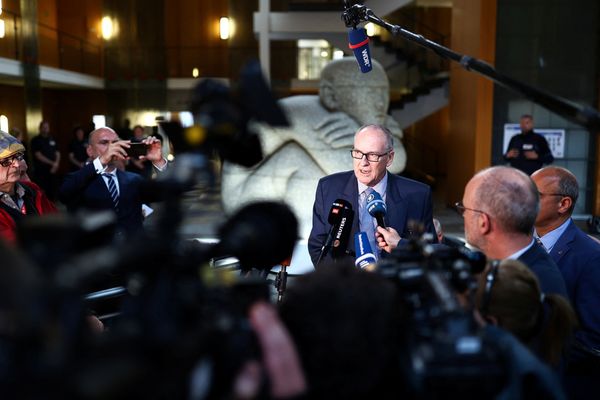
The airlines have a pilot problem.
And that problem goes much deeper than many people realize.
Don’t Miss: Delta Calls Out Major U.S. Airport for Important Reason
During the pandemic, airlines offered pilots and other essential workers early retirements and buy-outs. Because most airlines were receiving federal assistance, they weren’t allowed to layoff employees, but the retirement options could perhaps be considered a workout, and a way for airlines to keep costs during a historically rough year for the industry.
One could argue that it was a short-sighted decision, as airlines have been short-staffed ever since people began feeling comfortable traveling again once vaccines became available and restrictions began being lifted. Delta (DAL) alone saw about 17,000 employees, or 20% of its workforce leave in this fashion.
The lack of available pilots and other essential crew is one of the main reasons 2022 saw record level of flight cancellations and delays last year (2021 saw 121,552 flights canceled, and data from January to June 2022 places cancellation figures at 121,918, just for starters).
But the problem only gets more compounded, because when pilots get sick from covid, there’s not enough people on hand to sub in for them, and there’s also not enough pilots around to help train the next generation, an expensive and lengthy process.
Recently, airlines have begun investing the money to recruit that next generation, as Delta has approved a new contract that includes 34% raises over four years, and United Airlines (UAL) CEO Scott Kirby recently said he believes that his airline, American (AAL), Delta and Southwest (LUV) will collectively hire about 8,000 pilots this year.
But the problem is, that still might not be enough, as the pilot shortage is only looking like it will deepen in the coming years.
A “Tsunami” Of Retirement
The airline industry is set to be hit with what’s been termed a “tsunami” of retirements, as more than half of working pilots will hit the mandatory retirement age of 65 in the next 15 years, there’s not enough younger pilots in the pipeline.
And this wave is already being felt. “The pilot shortage has resulted in a collapse in air service,” Faye Malarkey Black, president and CEO of the Regional Airline Association, told a House Transportation and Infrastructure subcommittee hearing in prepared remarks.
Black also noted that 42 states have less airline service now than before the pandemic, 136 airports have lost at least a quarter of their service, and airlines have completely cut off flights to 11 airports in smaller cities that connect to larger hubs. Also, more than 500 planes belonging to regional airlines are sitting idle without enough pilots to fly them, and the ones that do fly, do so 40% less than in the past.
A major obstacle to getting enough pilots is the amount of time it takes to clock the necessary miles, via cargo flights and other small-scale services, and the amount of money it takes to get certified, which can cost $80,000, with total costs reaching $200,000 once a bachelor’s degree is factored in.
“Unlike other career paths that require additional professional credentialing, such as doctors and lawyers, accredited pilot training programs can’t access additional lending available through graduate aid programs to cover the higher costs,” noted Black.







